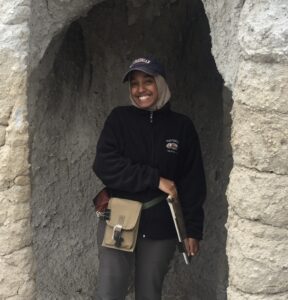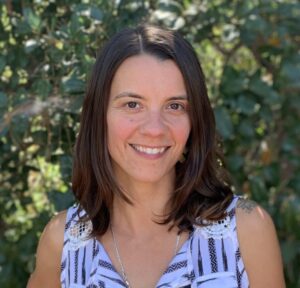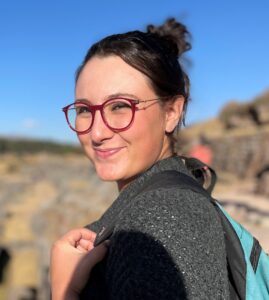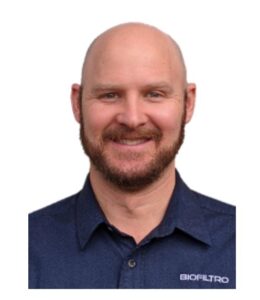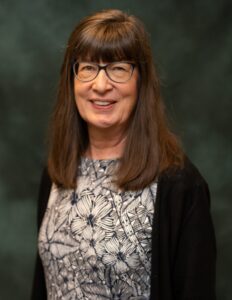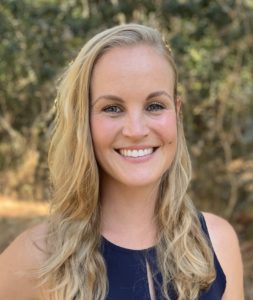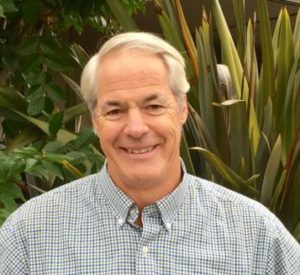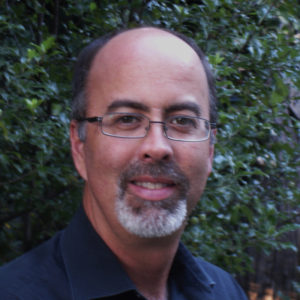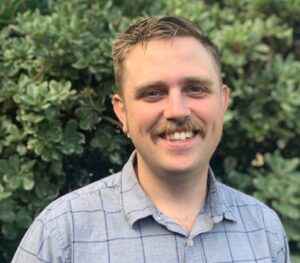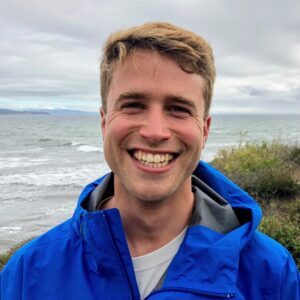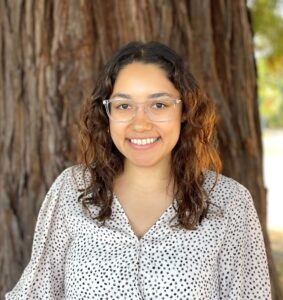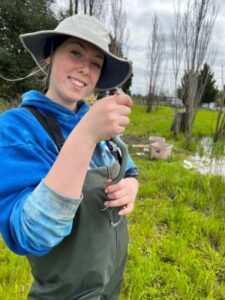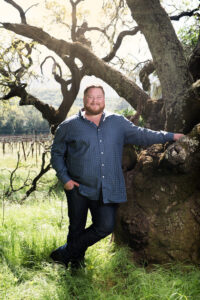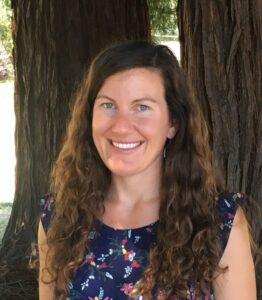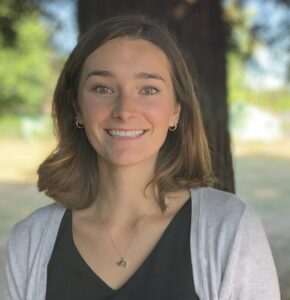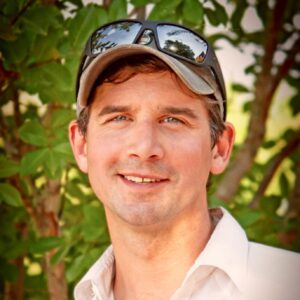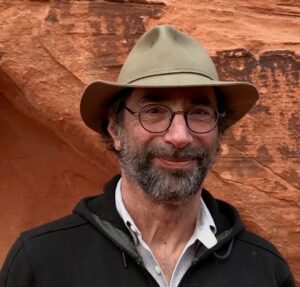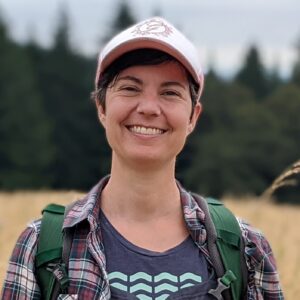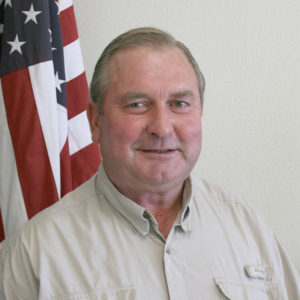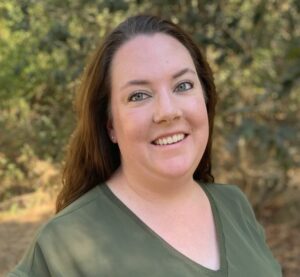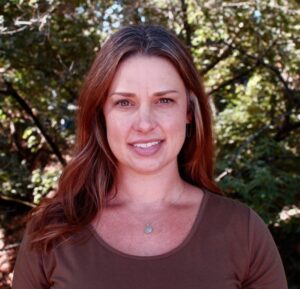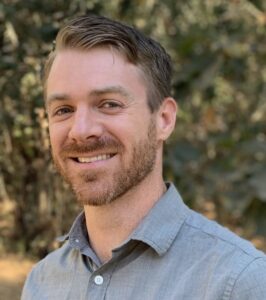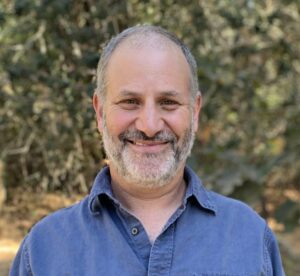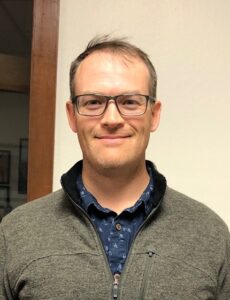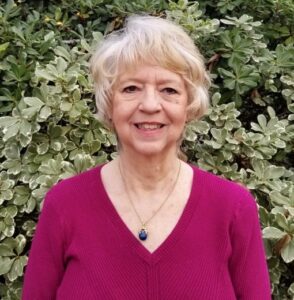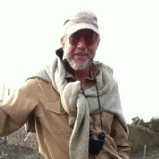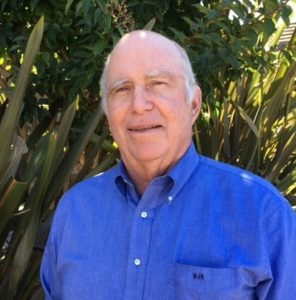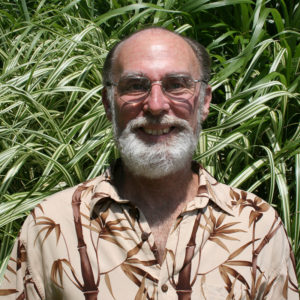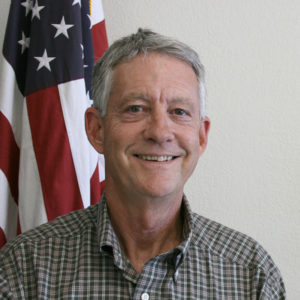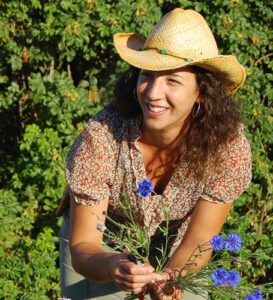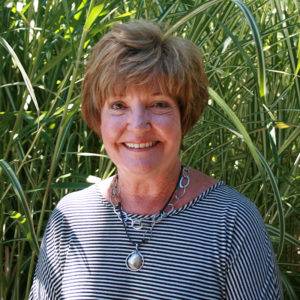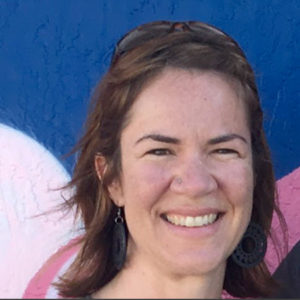About Us
Our Vision and Mission
Sonoma RCD sees a future where the natural resources of Sonoma County are abundant and available for the benefit of all people, agriculture, ecosystems and the economy.
Bridging the needs of the community and natural resources by empowering people through reliable expertise and action to strengthen the resilience of Sonoma County.
JEDI Statement
The Sonoma Resource Conservation District is committed to incorporating justice, equity, diversity, and inclusion to evaluate, enhance, and expand our programming, deepen our connections with community partners, and strive to better serve our entire District. We recognize the importance of working to build and sustain an inclusive and equitable culture within our organization to effectively serve our District, improve access to economic opportunity, and create landscape-scale resilience for our current and future generations. We strive to ensure that water, soil, working lands, and wildlife habitats are conserved for all as we promote collaboration, employ innovative solutions based on science, respect our diverse communities and their connections to land, and empower members of our community to be active stewards of our natural and cultural resources.
What is a Resource Conservation District?
Resource Conservation Districts (RCDs) are the state’s only grassroots conservation delivery system that identifies local conservation problems and guides solutions on a voluntary basis. There are 97 Districts throughout California – each covering a different geographic area.
RCDs are established under California law to be locally governed with independent boards of directors that are accountable to our communities. Our relationships with the communities we serve are crucial to how we accomplish our work on agricultural, rural and urban landscapes.
RCDs are not part of county government, but rather are special districts, a form of local government created by the community to meet a specific need, similar to districts created for needs such as fire protection, open space, or flood control. As trusted stewards of public and private funds, RCDs are subject to transparency and accountability laws that require public meetings, open records, annual audits and financial reporting.
How does the RCD operate?
Since 1946, the Sonoma RCD has facilitated natural resource conservation through community involvement, education, technical expertise and scientific research. We are committed to utilizing voluntary, cooperative and scientifically sound methods to ensure that the natural resources of the watersheds within the District are sustained, conserved, restored and protected within a landscape of productive agriculture, growing cities, and wild lands.
As a legal subdivision of the State of California, the RCD is organized to support natural resource management solutions through partnerships with individuals, organizations and agencies. We collaborate to drive conservation initiatives locally, regionally and statewide.
We are overseen by a seven member Board of Directors and several Associate Directors who volunteer their time for the benefit of local landowners and land managers and their natural resource concerns. Directors are local landowners in the district and are actively engaged with rural, agricultural, and natural resource conservation issues and businesses. The RCD receives between 3-5% of our annual budget from the county tax base. The remainder of RCD’s annual budget comes from competitively sought grant funding and fee for service contracts to support our mission and the conservation needs of Sonoma County.
What does the RCD do in Sonoma County?
Our function is to help individuals and community groups drive the solutions to our most pressing natural resource issues, such as prolonged drought and climate change. We do this by making available technical, financial and educational resources, whatever their source, and focusing or coordinating those resources so that they meet the needs of the local community and achieve the greatest benefit to soil, water and related natural resources. The RCD must be able to respond quickly to emerging issues to provide proactive and effective solutions.
Our district covers 919,000 acres, or over 85% of Sonoma County and includes the Russian River, Petaluma River, Sonoma Creek, Stemple Creek, and Gualala River Watersheds. Click here for our district’s watershed map.
A key area of our work is creating quality conservation programs that suit the needs of agriculture, rural residents and urban constituents. Resource management involves a wide variety of stakeholders including farmers, ranchers, local agencies and non-profits, scientists, schools, and consultants. The RCD often serves as a critical liaison between these groups, aiming for win-win solutions in our service to the community.
The RCD diligently works to protect water quality, restore fish and wildlife habitat, conserve water resources, fight drought and a changing climate, and support the sustainability of agriculture and local food systems, while we educate the next generation on conservation. We strive to use the best information and experience available to achieve the greatest collective impact on the ground and in our watersheds.
What is the history of the RCD?
The history of RCDs began in the early 1930s, when along with the greatest depression this nation ever experienced, an equally unparalleled ecological disaster known as the Dust Bowl hit. Following a severe and sustained drought in the Great Plains, the region’s soil began to erode and blow away, creating huge black dust storms that blotted out the sun and swallowed the countryside. Thousands of “dust refugees” left the black fog to seek better lives.
These storms stretched across the nation. They reached south to Texas and east to New York. Dust even sifted into the White House and onto the desk of President Franklin D. Roosevelt.
On Capitol Hill, while testifying about the erosion problem, soil scientist Hugh Hammond Bennett threw back the curtains to reveal a sky blackened by dust. Congress unanimously passed legislation declaring soil and water conservation a national policy and priority. Because nearly three-fourths of the continental United States is privately owned, Congress realized that only active, voluntary support from landowners would guarantee the success of conservation work on private land.
In 1937, President Roosevelt wrote the governors of all the states recommending legislation that would allow local landowners to form soil conservation districts. Brown Creek Soil & Water Conservation District in North Carolina was the first district established. The movement caught on across the country with district-enabling legislation passed in every state. Today, the country is blanketed with nearly 3,000 conservation districts.
The Sonoma RCD was established over 70 years ago by visionary farmers in Sonoma County who were concerned with natural resource conservation and land stewardship. The Sonoma RCD has evolved from many districts since its inception including: Sotoyome, Central Santa Rosa, Petaluma, and Sonoma Valley RCD’s. The most recent reorganization of the Sotoyome and Southern Sonoma County RCDs (to become the Sonoma RCD) occurred July 2013. These mergers have strengthened the consistency and technical abilities of the RCD to serve our constituents throughout our district in Sonoma County.
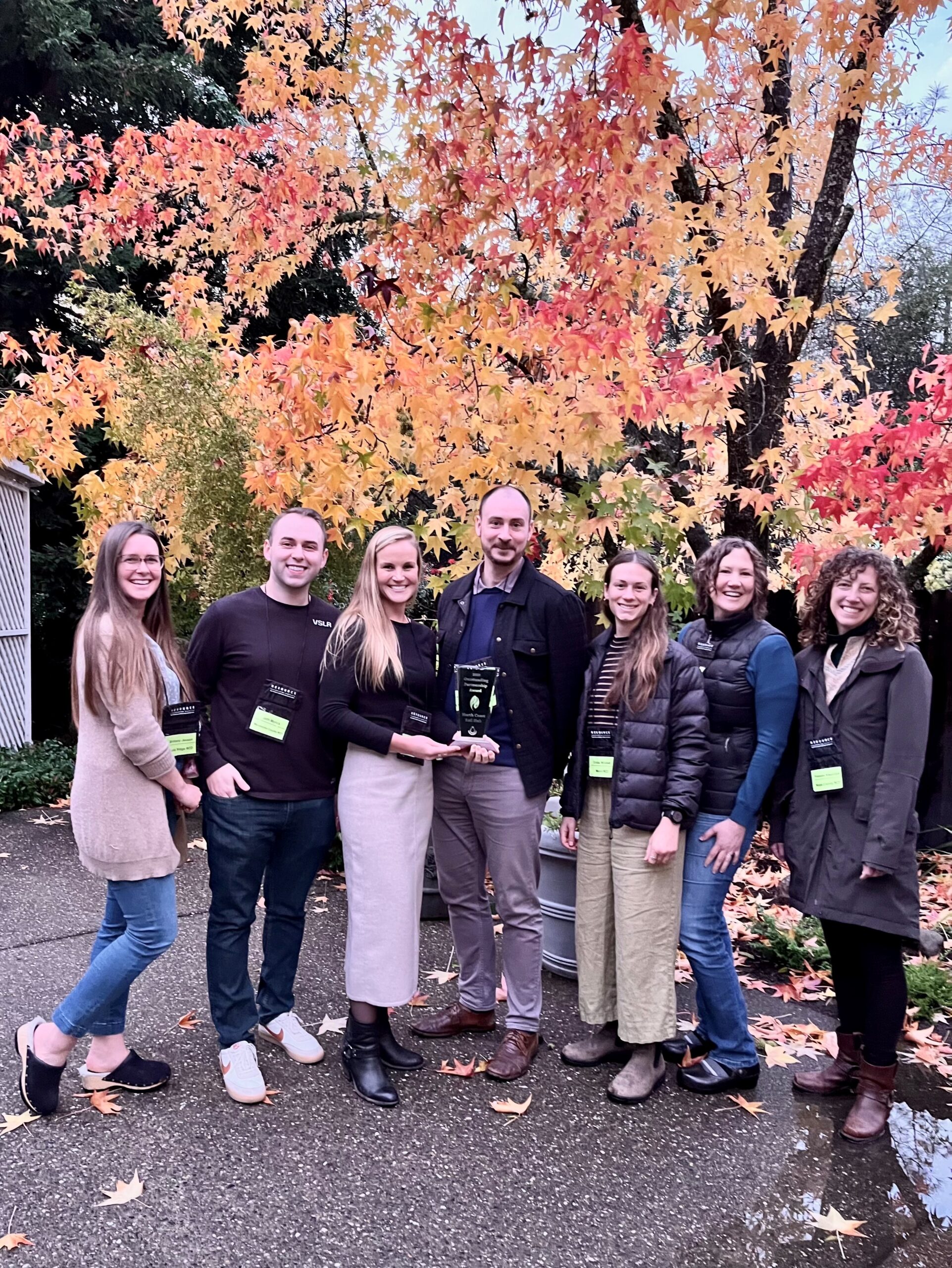
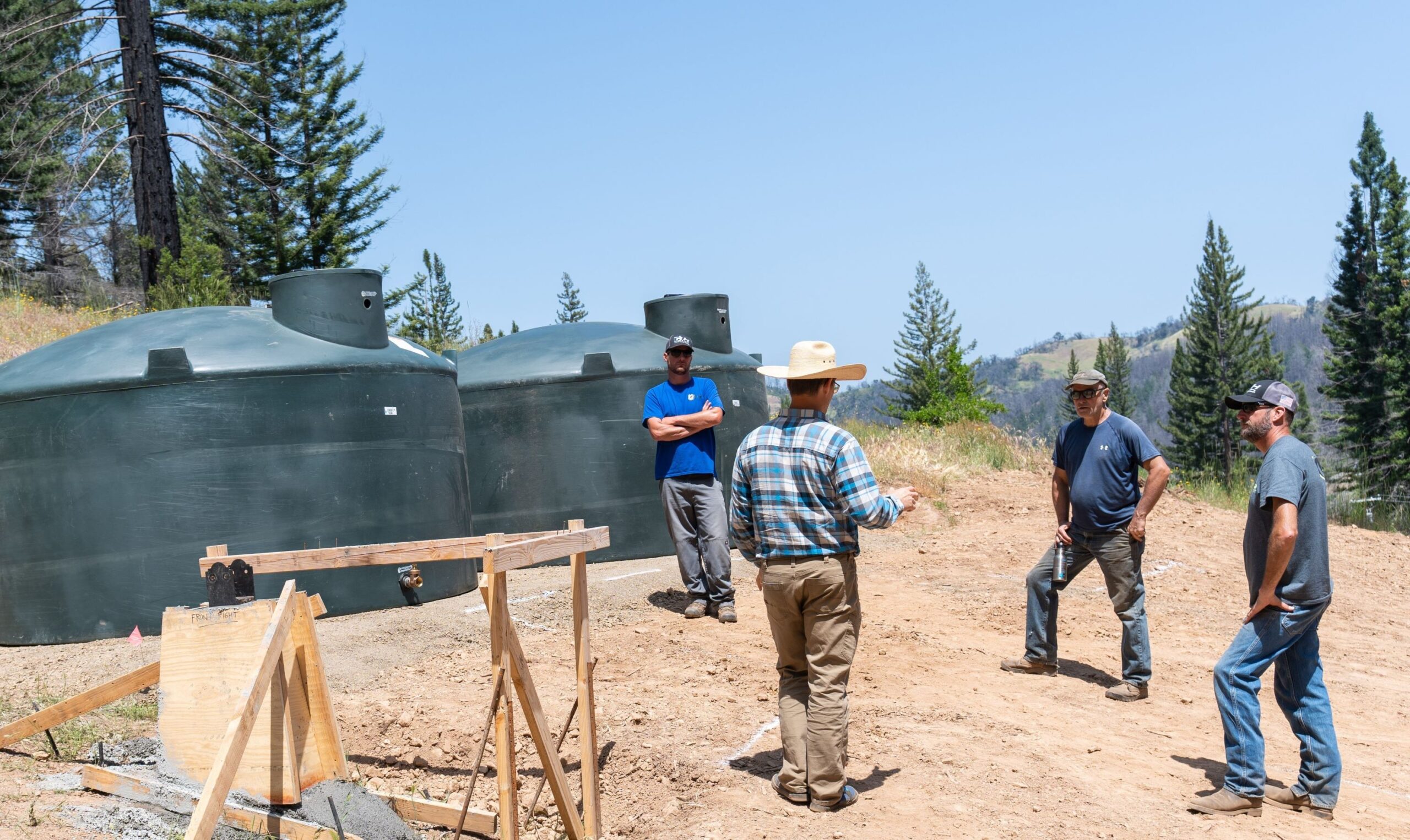
Values
The RCD’s Board and staff identified the following values that we can use to guide our decisions and behavior. There is an aspirational aspect to these values: not just principles that we already embody, but also those where we have room to grow and are committed to doing so.
Adaptability: we respond to emerging needs, evaluate results, and continuously improve. This value is supported by the traits of resilience, resourcefulness, creativity, and innovation, and relies on the financial stability of the organization to be able to support quick pivots.
Collaborative relationship: we create value by building relationships with people and organizations, and by building bridges between people who might not otherwise connect. This value is supported by traits and actions such as community building, engagement, connection, partnership, synergy, teamwork, trustworthiness, consistency, dependability, responsibility, honesty, accountability, respect, and consideration.
Equity, diversity, and inclusion: using these as a lens for decision-making is essential to serving our entire community and creating a workplace that is inclusive of all people. These values are supported by traits and actions such as accountability, fairness, racial justice, inclusivity, diverse and representative staff, board, and communities served.
Service: we serve our community strategically, identifying what is most needed for the public good and focusing on how our strengths can be used to meet those needs. This value is supported by traits and actions such as helpfulness, useful support, community-oriented solutions, responsiveness, service to all, commitment, grit, drive, and dedication.
Quality of work: we deliver on our commitments with excellence and choose to take on work that is within our ability to do a good job. This value is supported by traits and actions such as performance, professionalism, knowledge, efficiency, growth and learning, continuous improvement, personal and professional development, and mentorship.
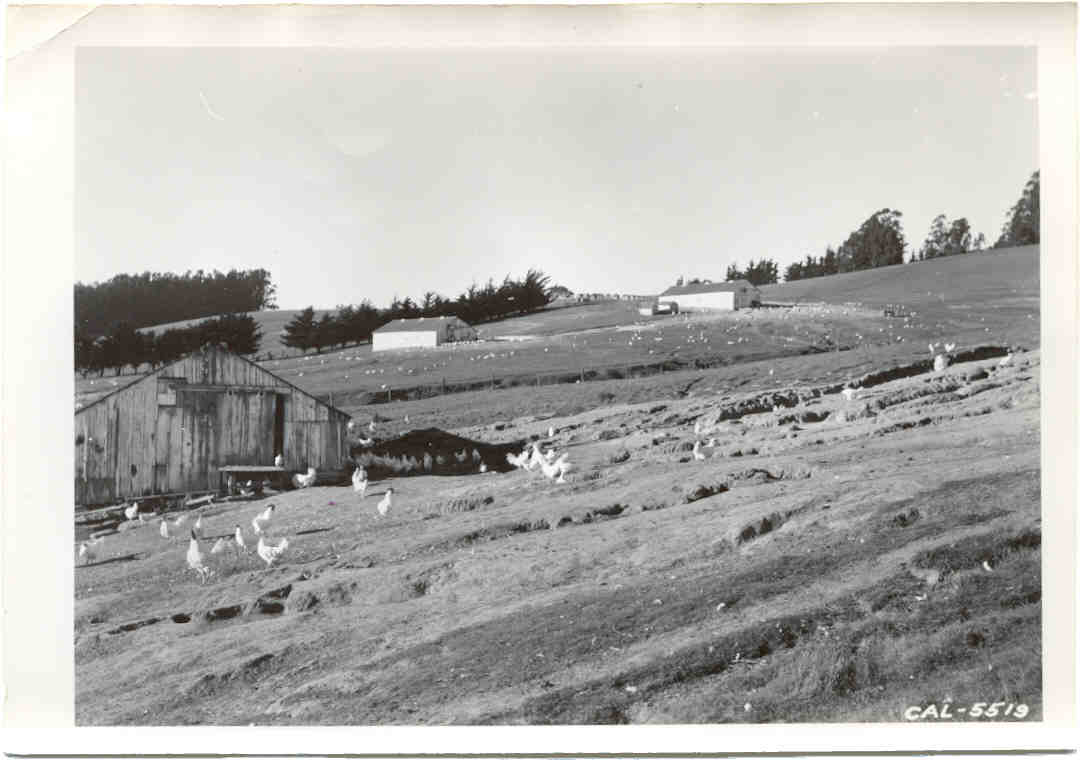


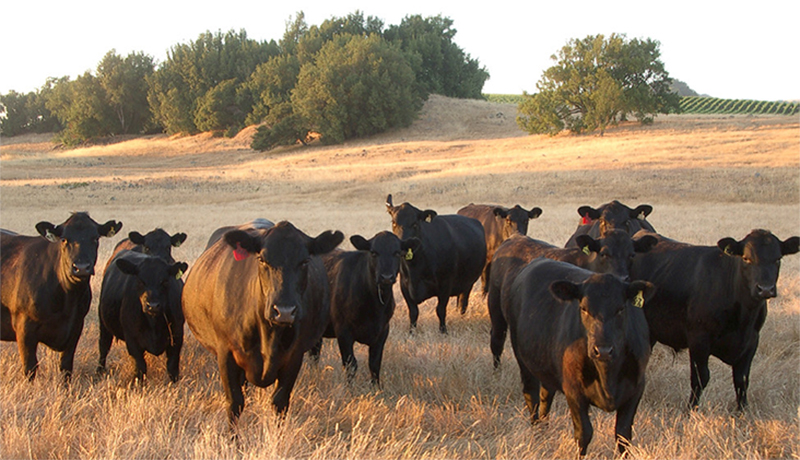
Recent Awards and Recognition
2022 NRCS Partnership Award
The Gold Ridge, Humboldt County, Marin, Mendocino County, Napa County, and Sonoma RCDs were selected for the NRCS Partnership Award in 2022 for our collaboration with the North Coast Soil Hub and the service we provide to the producers in our region. This award distinguishes partnerships who have exemplified outstanding service to landowners with conservation planning assistance.
2018 State of California Senate Certificate of Recognition
Recognizing the Sonoma County FARMS Leadership program’s 20th anniversary serving local high school youth
2018 Gold Resolution of the Sonoma County Board of Supervisors
Recognizing the Sonoma County FARMS Leadership program’s 20th anniversary serving local high school youth
2016 Gold Resolution of the Sonoma County Board of Supervisors
Recognizing the Sonoma RCD’s 70 years of service to our community
2016 Certificate of Special Congressional Recognition
Presented by Representative Jared Huffman and Representative Mike Thompson
2015 Executive Officer’s Water Quality Stewardship Award
Russian River Coho Water Resources Partnership
2015 Gold Resolution of the Sonoma County Supervisors
Recognizing the International Year of Soil and the work of NRCS and the Sonoma County Resource Conservation Districts
2015 Excellence in Conservation Award for the LandSmart® Program
California Association of Resource Conservation Districts and the Natural Resources Conservation Service
2014 District of the Year
California Association of Resource Conservation Districts

